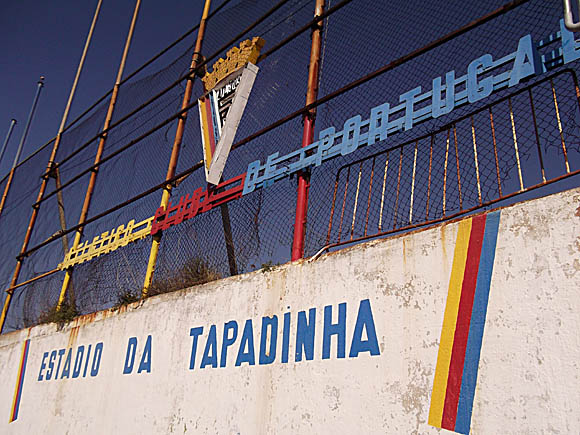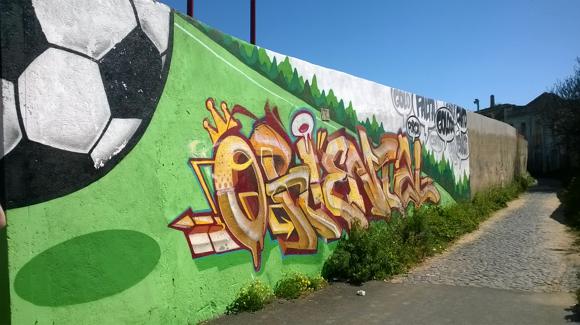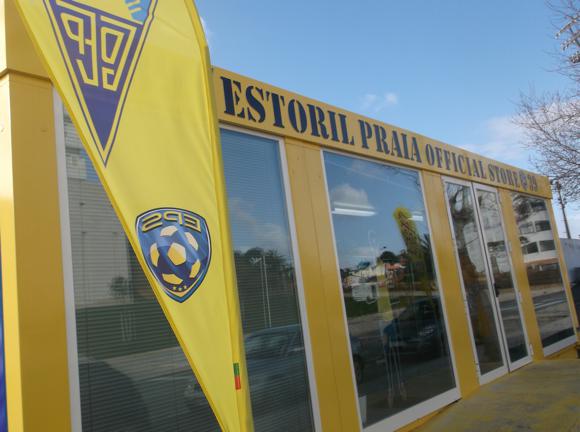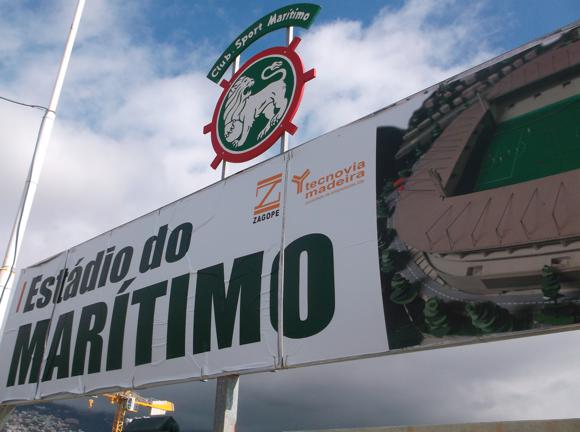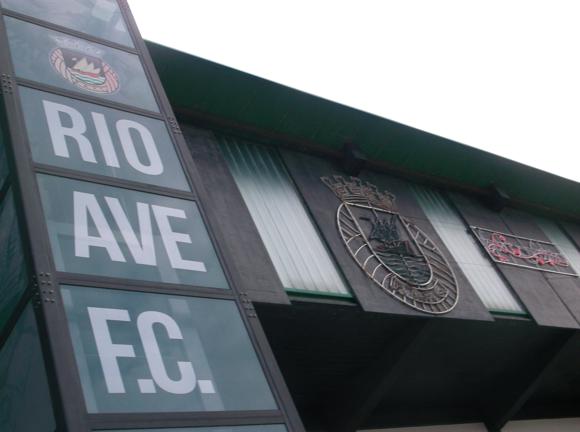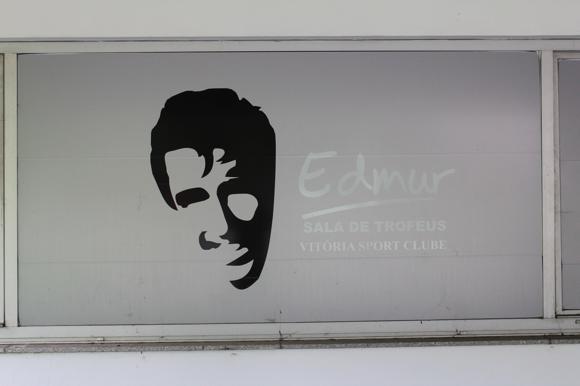A fan’s guide – the club from early doors to today
The Lions of Sporting began to roar again under manager Rúben Amorim, whose departure for Manchester United in November 2024 could not be deferred until the end of the season.
With a long-awaited title win in 2021, Sporting wrested the crown from the dominant duo of Porto and Benfica for the first time in nearly two decades. Champions again in 2024, the club could feel justified in splashing out the €10 million that Amorim had cost them to prise him from Braga.
Ironically, next to no fans were on hand in 2021 to see the extraordinary form of young star Pedro ‘Pote’ Gonçalves, pandemic restrictions robbing them of the chance to see the former Wolves prodigy hit an extraordinary 23 goals from 32 league games, all from midfield.
Although dotted with heavy defeats to Ajax and Manchester City, Sporting, as they are solely referred to in Portugal, at least made the knock-out stage of the Champions League for the first time in over a decade. In 2022-23, Rúben Amorim’s side beat Tottenham and Eintracht Frankfurt in the same competition but dropped down to the Europa League.

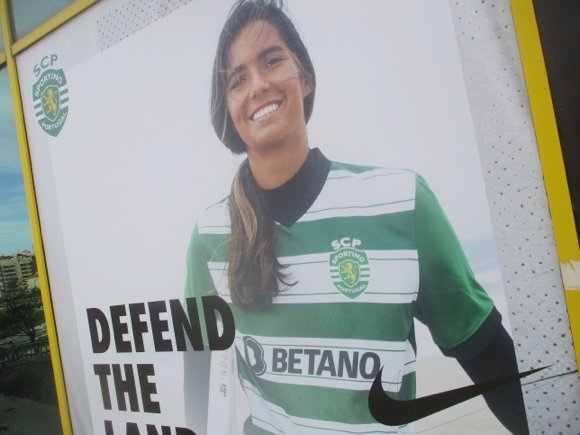
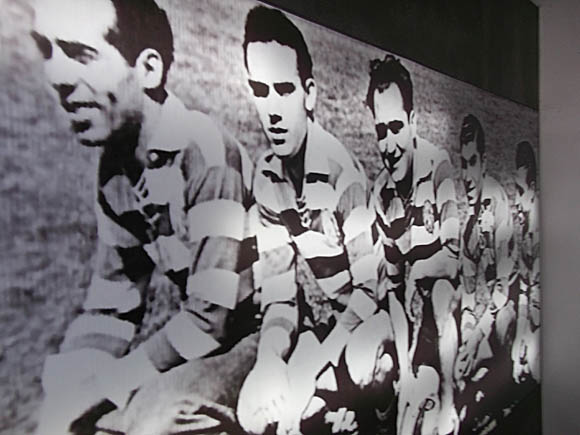
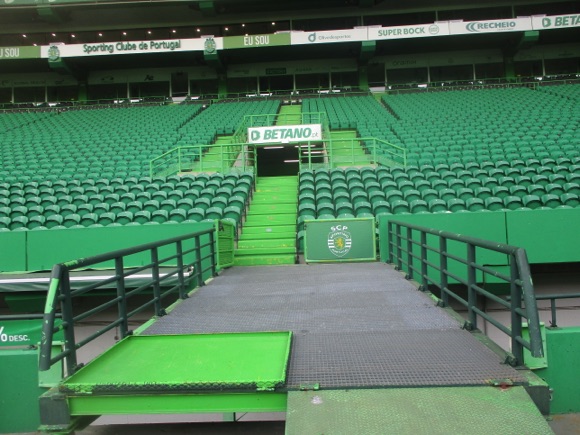
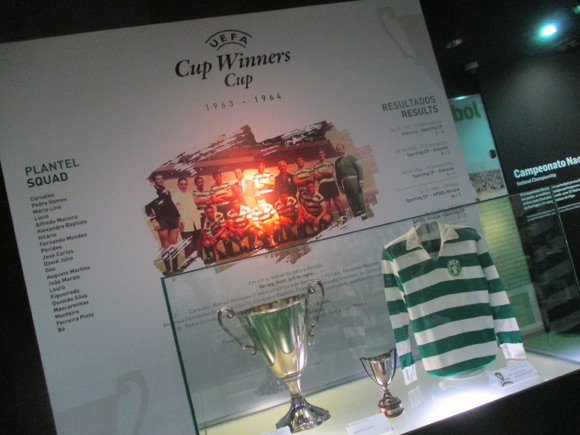


In teenage midfielders Mateus Fernandes and Dário Essugo, Sporting have bright prospects for the future. This is the club known for nurturing Cristiano Ronaldo and Luís Figo, whose record Essugo broke when he started for the first team at 16.
The third of Portugal’s big three after Benfica and Porto, the later Sporting Clube de Portugal were formed by well-to-do young Lisboetas who played ‘foot-ball’ at Belas and later met at the Pastelaria Bijou on Avenida da Liberdade.
They started out as the Campo Grande Football Club, under the auspices of the Viscount of Alvalade, a landowner, adopting as a badge the rampant lion of Count Dom Fernando de Castelo Branco. Their original plain tops became hoops when the team had to borrow rugby shirts on a tour of Brazil in the 1920s.
By the 1930s, the green-and-whites were dominating the Portuguese game. Led by the ‘five violins’ – including the prolific Peyroteo, who shares the goalscorers’ record in the Benfica derby with Eusébio – the Lions won seven titles in eight years.



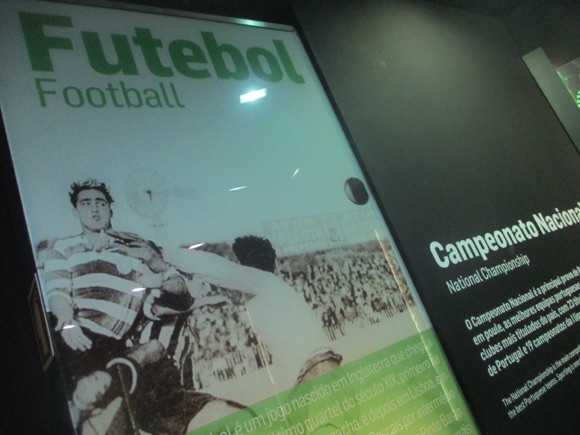


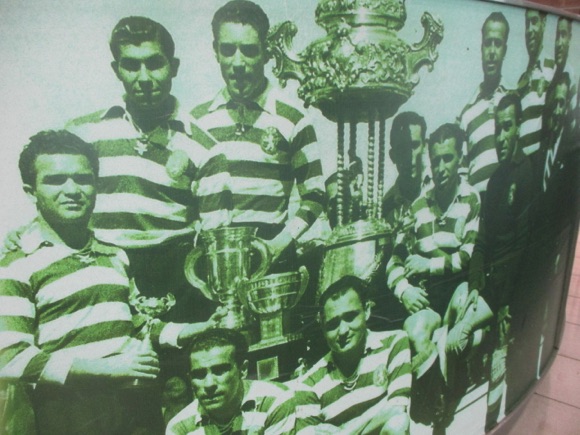
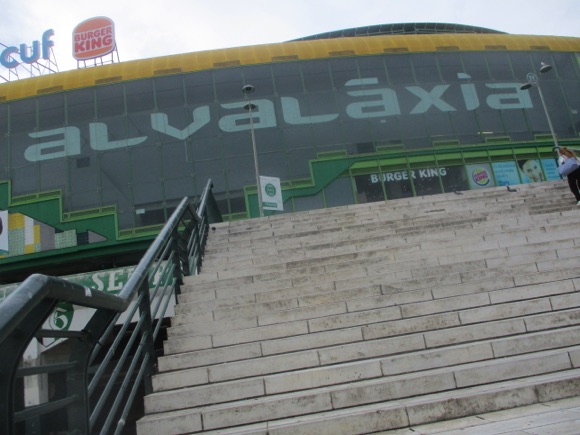
The last of these came in 1954, shortly before the European Cup was launched. In 1956, Sporting opened their new stadium, named after José Alvalade.
Outshone by Benfica’s Stadium of Light and overshadowed by Eusébio and European glory, Sporting at least claimed the Cup Winners’ Cup in 1964. Defender João Morais got the winner direct from a corner, earning him a more praiseworthy footnote in football history than his brutal foul on Pelé in the 1966 World Cup.
While Benfica ruled the roost, Sporting still managed to nip in for four league crowns during the 15 long years of the Eusébio era. Revered club president Guilherme Braga Brás Medeiros almost persuaded the young African to sign for Sporting originally, having first played for its sister outfit in Lourenço Marques.
Having bowed out from running the club in 1961, this lawyer and prominent journalist was coaxed into returning four years later when finances were in poor shape. It is partly thanks to him that Sporting weathered the crisis and, by signing the prolific striker Héctor Yazalde in 1971, achieved the double in 1974.
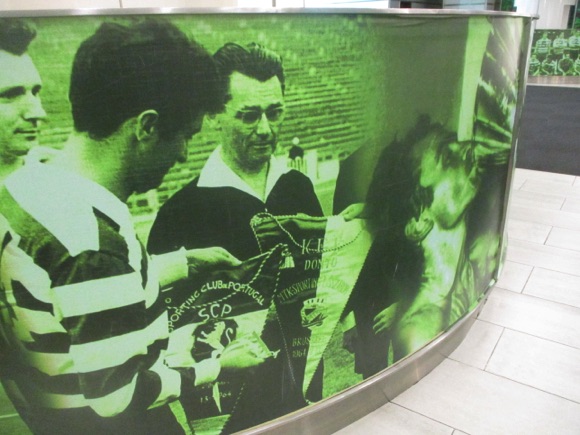


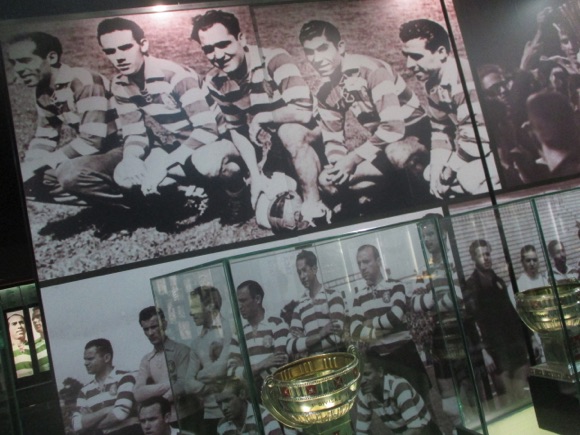

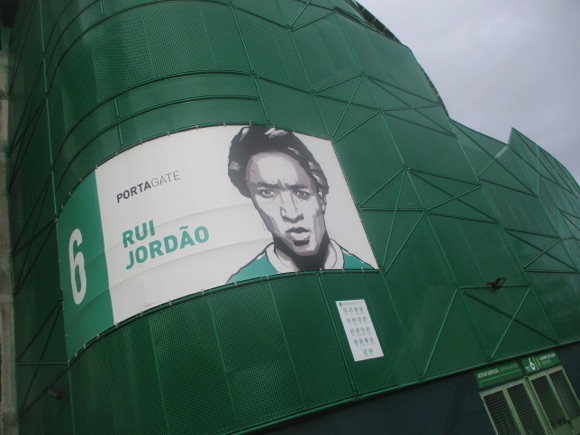
The Argentine hit a record 46 goals in only 29 games that season, and would leave in 1975 having notched 104 in 104 league appearances.
If it was Medeiros who bought Yazalde, it was João Rocha who sold him to Marseille, the Setúbal-born banker establishing the club as a modern-day multi-sports business concern during his 13 years in charge. He overhauled the José Alvalade, where Portugal played key qualifying games during Rocha’s tenure, and oversaw the arrival of Manuel Fernandes from Setúbal.
Scoring more than 300 goals in his 12 years at Sporting, Fernandes linked up with another prolific striker, Rui Jordão, allowing the Lions to claim league titles in 1980 and 1982. At 35, the pair later combined again at Setúbal, but not before Fernandes had hit four for Sporting against Benfica in the 7-1 demolition of 1986.
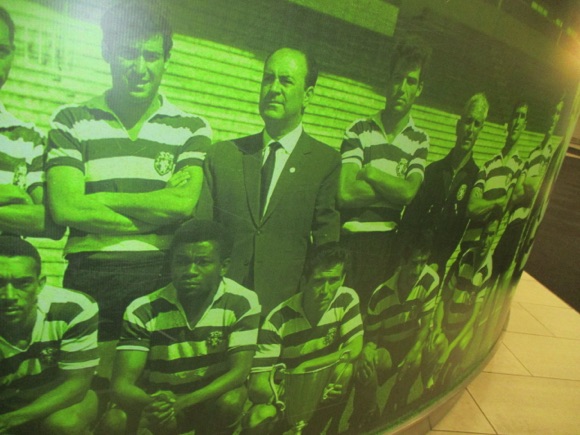





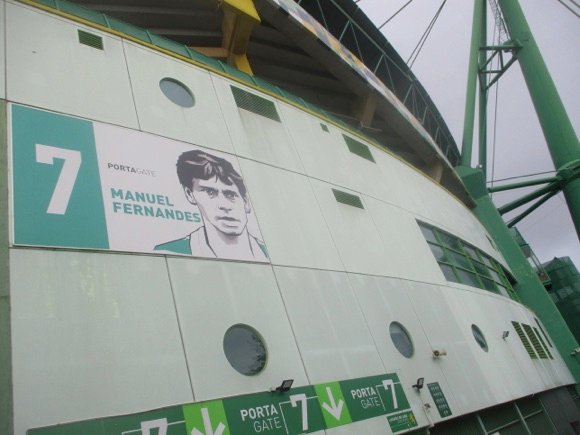
Rocha had not long stepped down and Sporting would have to wait nearly two decades before Augusto Inácio, left-back in the title-winning teams of 1980 and 1982, led the club to a long-awaited title in 2000. A former assistant to Bobby Robson at Porto, Inácio had only arrived in October, but his defensive strategy and a string of outstanding performances by veteran keeper Peter Schmeichel kept Sporting’s goals-against tally down to 22 in 34 games.
At the other end, another old fox, former Argentine international Alberto Acosta, kept opposing goalkeepers busy. He was then surpassed by Mário Jardel, Sporting’s big-money signing from Galatasaray, whose 42 goals in 2001-02 not only brought another league title to the José Alvalade but was twice the number (!) of the Brazilian’s nearest challenger in the overall scoring chart.
The coach for this double-winning season was Hungaro-Romanian László Bölöni, who was responsible for bringing a 16-year-old Cristiano Ronaldo into Sporting’s first team, as well as a 17-year-old Ricardo Quaresma, another academy graduate.


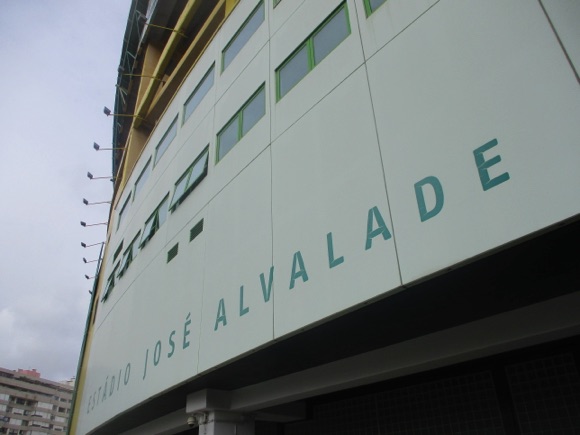
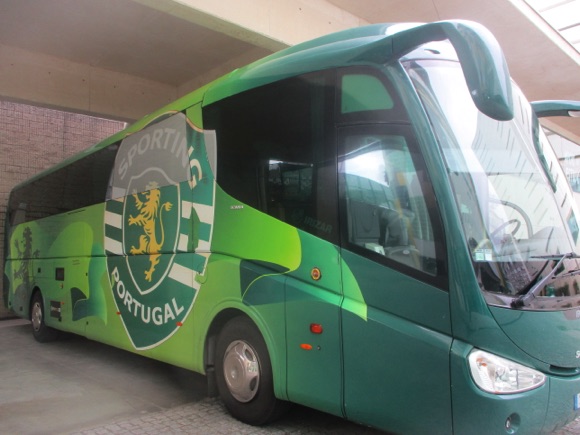
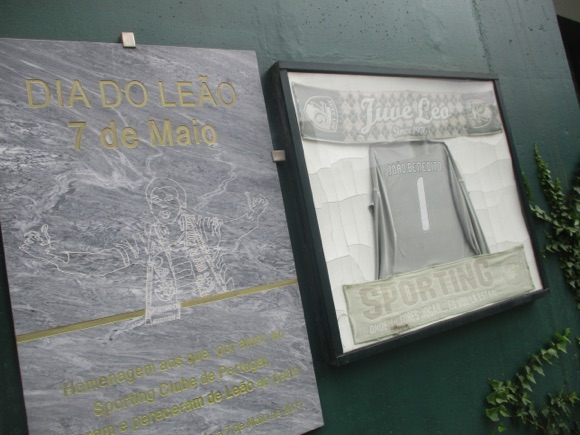
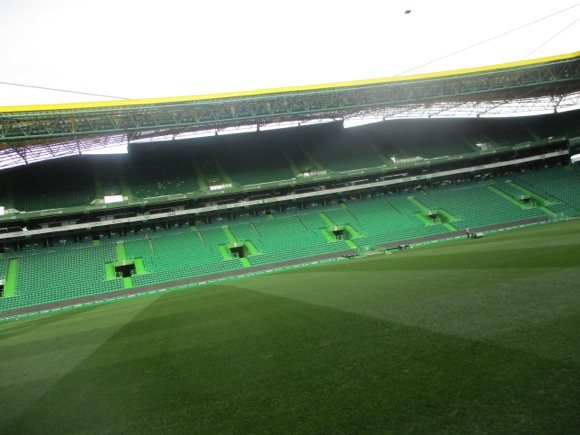
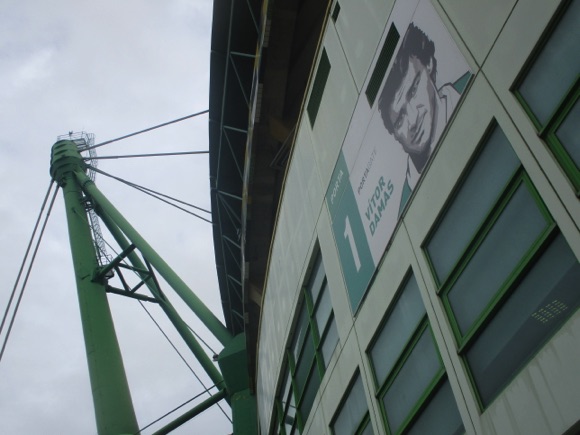
The Lions contrived to lose the UEFA Cup of 2005 to CSKA Moscow, despite the presence of teenage prodigy João Moutinho, another Sporting graduate, and home advantage at the José Alvalade itself. Rebuilt and reopened in 2003, this four-star stadium, surrounded by the Alvaláxia leisure complex, was an arena worthy of champions.
Sadly for Sporting, those champions were CSKA Moscow, who hit three second-half goals after trailing 1-0 at half-time. Manager José Peseiro was kept on for further European humiliation in 2005-06.
Despite a high wage bill, a number of key players then failed to deliver, most notably former Porto star Hélder Postiga. Two consecutive Portuguese Cups under Paolo Bento in 2007 and 2008 were followed by heavy defeats to Barcelona and Bayern in Europe. The promise offered by building a leisure centre around the new stadium was laid bare by the empty outlets that filled it.

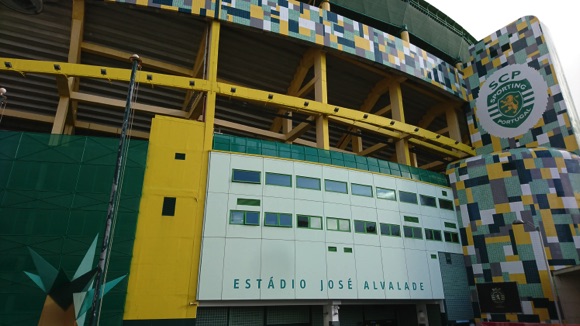

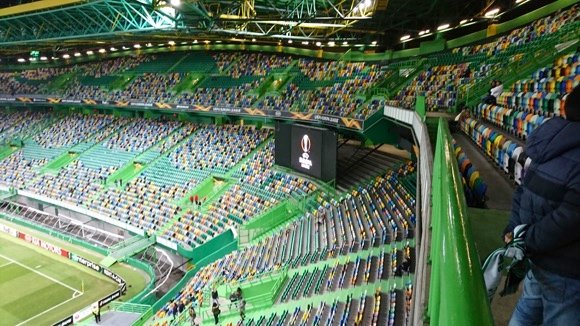
In 2013, Sporting finished seventh in the Primeira Liga, a new low, while in Europe, a semi-final appearance in the Europa League the year before counted for little when lowly Videoton of Hungary beat the Lisbon side in the same competition 3-0 only months later.
Reworking the club’s finances allowed Sporting to take on proven talent – former academy player Nani on loan from Manchester United, Colombian Fredy Montero from Seattle Sounders – and win a trophy at last, the Portuguese Cup in 2015. The final had seemed lost until substitute Montero equalised in extra-time. Portugal’s Euro-winning keeper of 2016, Sporting academy graduate Rui Patrício, then batted away two Braga penalties in the shoot-out.
Bringing Benfica legend Jorge Jesus to Sporting was always a risk, and little success came of it. Despite the talent at their disposal, Bruno Fernandes in particular, Sporting could make little headway in Europe or break the Porto-Benfica duopoly at home.




Fans even attacked the players at the club’s training centre in 2018, a week before an embarrassing defeat to little Aves in the Portuguese Cup final. Rui Patrício duly joined the Lusitanian to Wolves, although Bruno Fernandes stayed on to set new scoring records before his transfer to Manchester United in 2020.
The title triumph of 2020-21 was as unexpected as it was refreshing, Sporting at last finding the right coach in Rúben Amorim. Building a team from the back, starting with experienced keeper Antonio Adán, who had gained youth caps for Spain nearly two decades before, Amorim oversaw a near perfect campaign.
Although Sporting then failed to defend their title, they rediscovered their pride, not least in rare derby wins over Benfica. Although the campaign was overshadowed by Amorim’s links to top jobs in England, Sporting managed to win the title again in 2024, justifying the €20 million they had paid Coventry for top scorer Viktor Gyökeres in the close season.


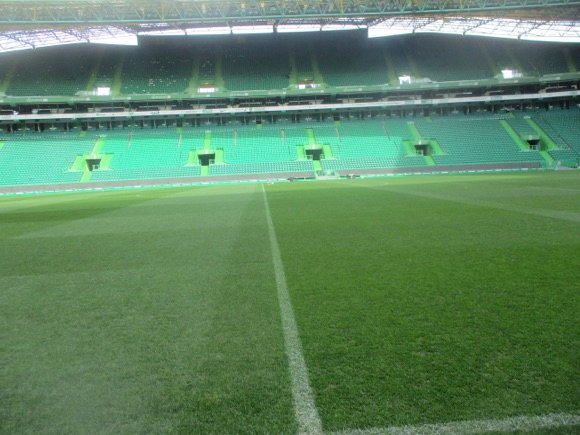
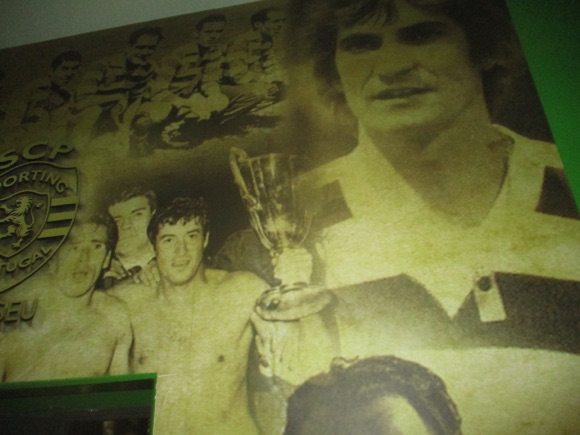

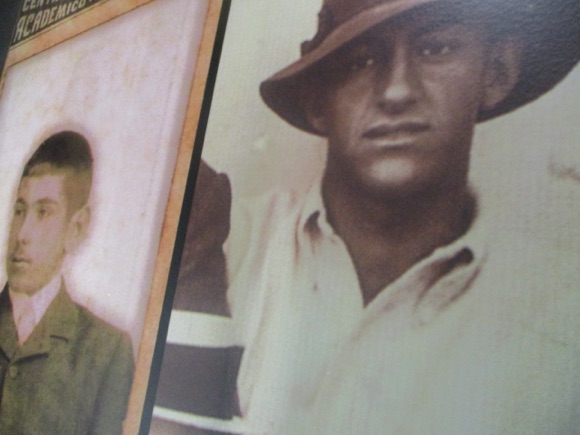

Stadium Guide
The field of dreams – and the stands around it
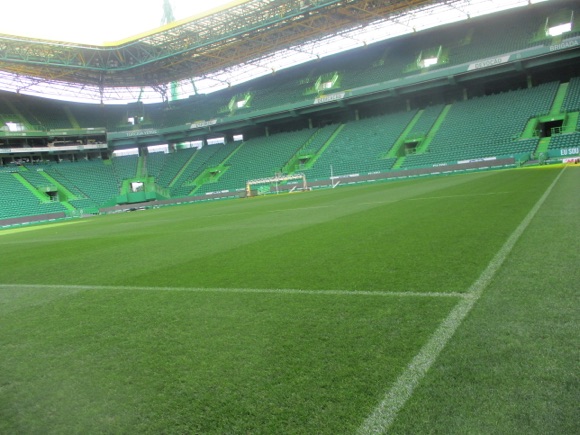
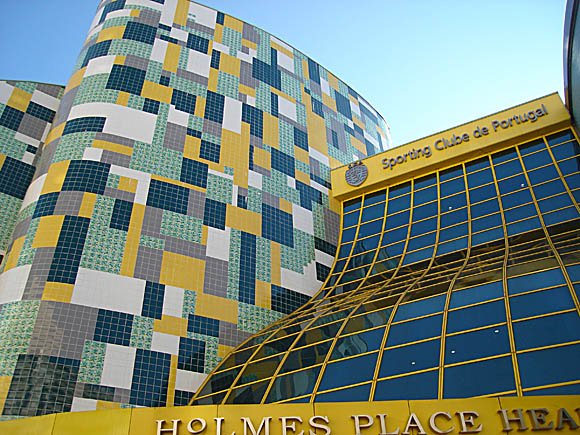
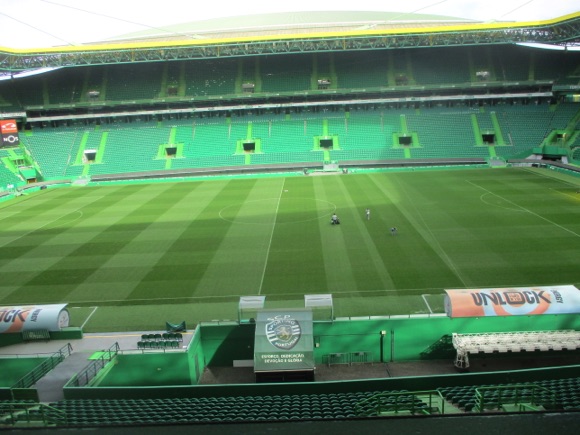
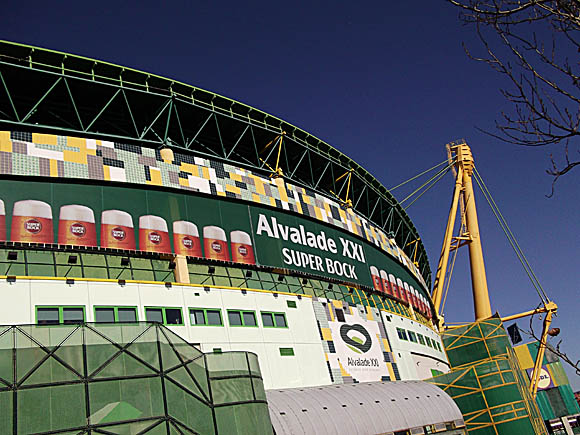


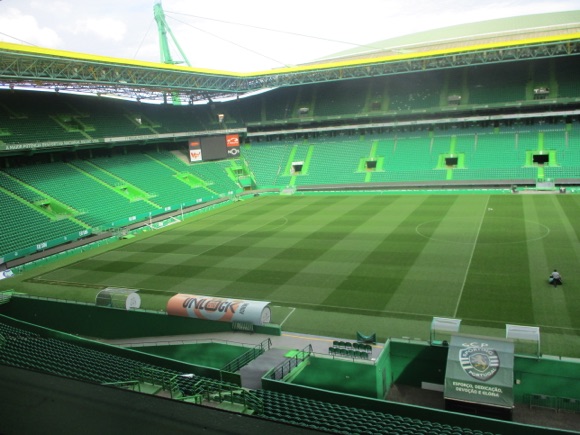

The capacity of 50,000 might be around the same as the original José Alvalade opened in 1956, but the Estádio José Alvalade is a completely different beast indeed. Sporting’s home ground, named after the Viscount who steered the club in the early days, is now part of a complex centrepieced by the Alvaláxia leisure centre that features a multiscreen cinema, area for laser games and a sad selection of outlets few now would wish to patronise before any game.
It all felt so different two decades ago. The €100-million plus stadium was opened in August 2003 with a friendly between Sporting and Manchester United, won by the hosts for whom Cristiano Ronaldo shone so brightly, the United players persuaded Sir Alex Ferguson to buy him. The Lions have not seen his like since – and relatively little silverware – but their stadium built for Euro 2004 stands the test of time.



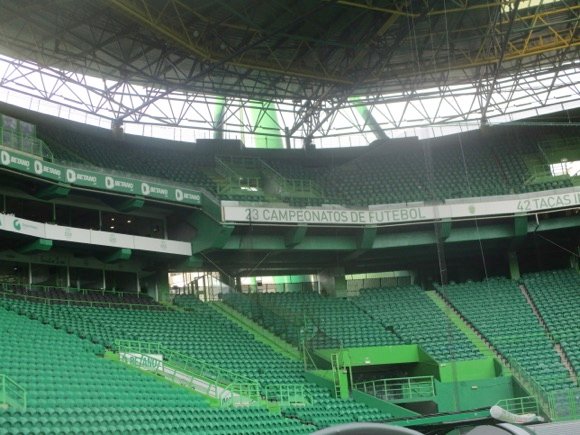
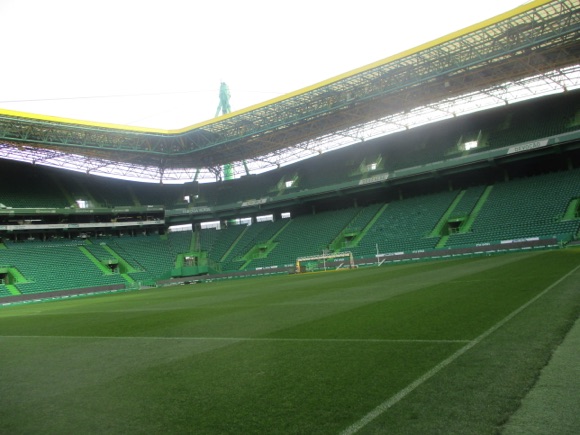

Brightly tiled on the outside, illustrated with portraits of Sporting legends, colourful within, with a seating pattern giving the lie that the ground is full, this impressive arena comprises four sponsored stands: Super Bock (Sul) is the end nearest Campo Grande metro station, with meo (Norte) opposite. Each is divided into Superior A (lower) and Superior B tiers.
The sidelines stands of Poente and Nascente, sponsored by tmn and Caixa Geral de Depositos, are divided into lower (Central A) and upper (Central B) tiers. Lateral A and B offer good views between goal and sideline.
Four gates number 1-4 give access to each quarter of the ground. Sporting’s faithful Juventude Leonina and Torcida Verde occupy sectors A14, A19 and A21, while A9 (and sometimes A11, B7, B9, B11 and B13) are reserved for visiting fans.
getting there
Going to the stadium – tips and timings
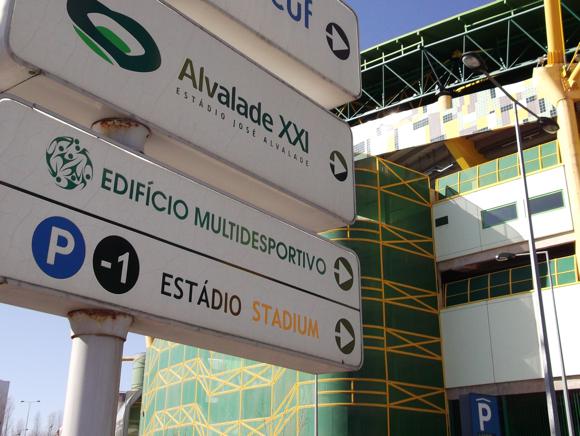

Campo Grande metro station beside the ground is on the blue and yellow lines. The station is bit of a maze – you’ll see the stadium as your train approaches the station.
A multitude of bus stops lines the station forecourt: the 767 links with Benfica.
getting in
Buying tickets – when, where, how and how much

The main bilheteira (Mon-Fri & day before match day 10am-8pm, match days from 10am) is by Porta 3 of the stadium, close to the entrance for the shopping centre. Tickets for upcoming matches can also be bought through the club’s English-language online page.
For most league games, you’ll pay around €35-€50 for the best seats Categoria 1-2 Central seats over the halfway line, €25-€30 higher up the stand along the sideline and €20 behind the goals, Categoria 6-7. Superior opposition, Benfica, Porto and European teams, push prices up by around €10-€15. You can buy in person/online as a non-member, membership reduces ticket prices by around €7-€10.
what to buy
Shirts, kits, merchandise and gifts
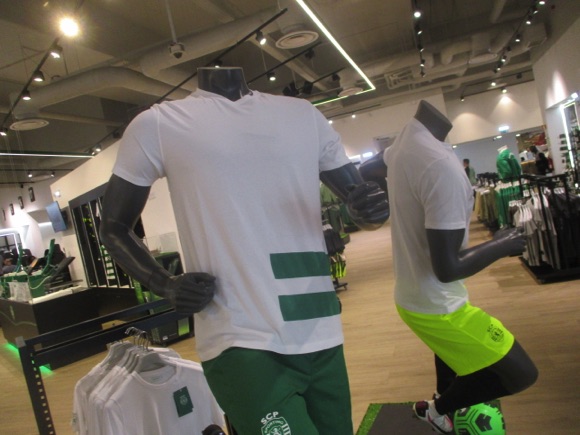
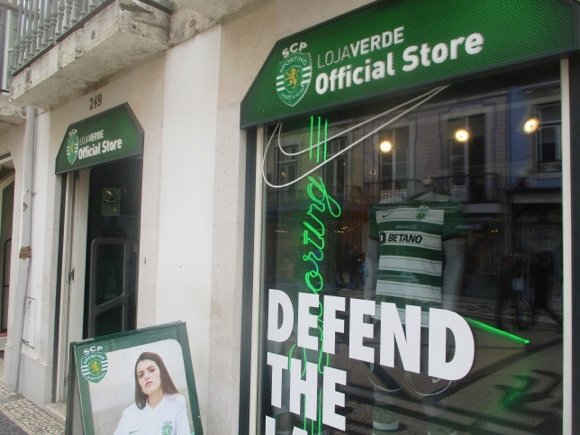
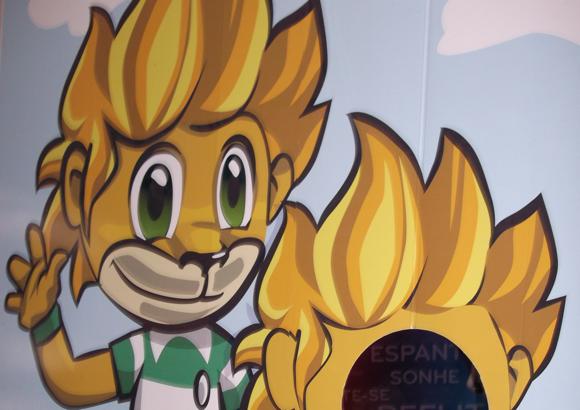

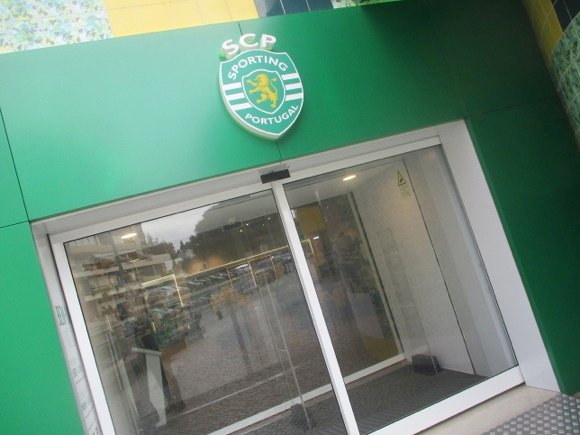
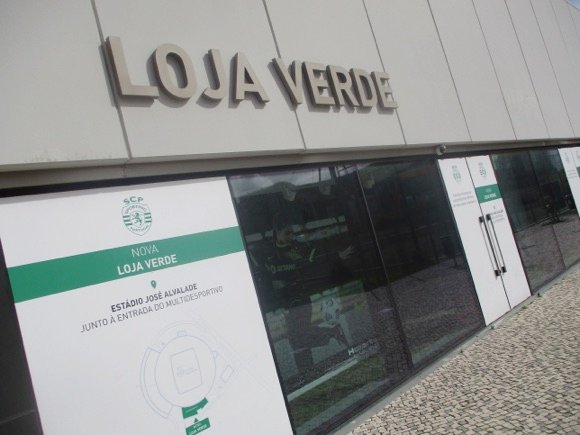

Near Porta 1 on Rua Professor Fernando da Fonseca Apartado, the Loja Verde (daily 10am-8pm) is a tastefully conceived boutique that stocks all sorts of green goodies.
The current home shirt has black trim and V-necked collars, the second choice a Dortmundesque yellow and black, third kit a neat white with few trimmings, just the badge and sponsors’ name in green, plus the Nike tick, of course.
It has a sister branch (daily 10am-7pm) in the city centre, at Rua Augusta 249, near Cristiano Ronaldo’s Pestana CR7 hotel.
Museum & tours
Explore the club inside and out

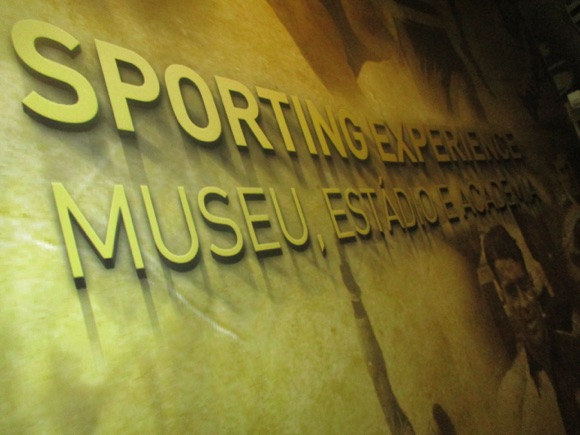


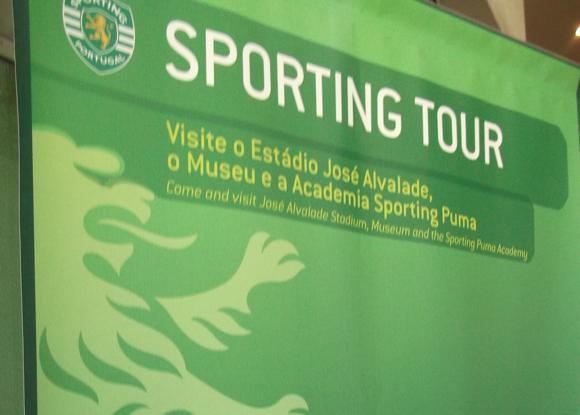
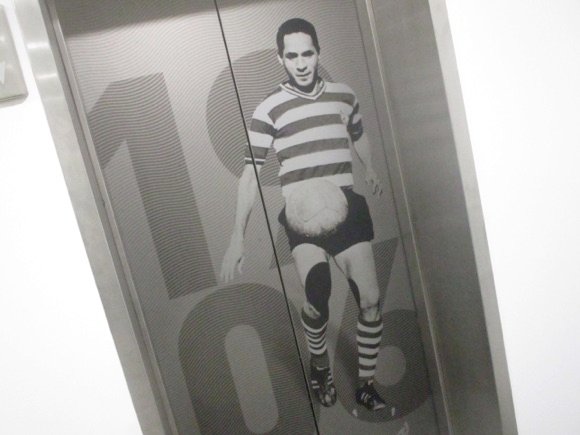
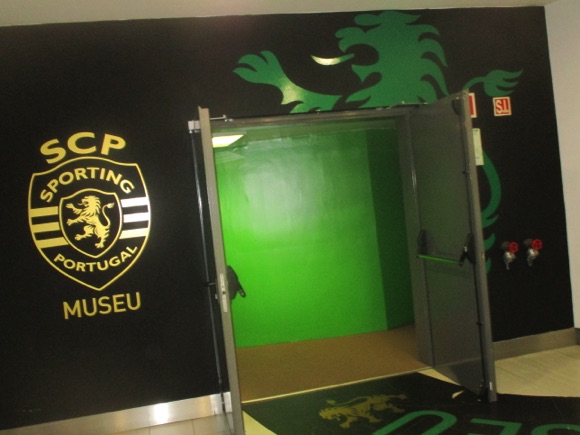

Guided tours in English incorporate a visit to the club museum (€14, seniors & 7-13s €7, Tue-Sun 11.30am, 2.30pm, 3.30pm and 4.30pm, not match days nor for 48hrs before international fixtures). Booking isn’t necessary unless you’re a group (museu@sporting.pt) – just head to the reception area accessed from Porta 1 near the club shop around 15mins ahead of time.
The tour starts with a look at the legendary Porta 10A, the gate through which players used to arrive at the old stadium, A referring to staff, an even number to that particular side of the stadium. To celebrate the club’s anniversary in 2012, a ceremonial version with carved lions was placed in the lobby area.
Your friendly guide then takes you to the VIP area, the opposition dressing room, press area and presidential seats, walking past a row of likenesses of influential club presidents. You also visit the pitch, of course, and the impressive museum, which emphasises the multi-sports aspects of the whole operation.
Most of a room is dedicated to the Cup Winners’ Cup win of 1964 – far more people will have traipsed past the trophy than the 17,000 who actually witnessed it being played for over two matches in Brussels – and the designers have made good use of archive photos to illustrate the club’s origins.
Where to Drink
Pre-match beers for fans and casual visitors
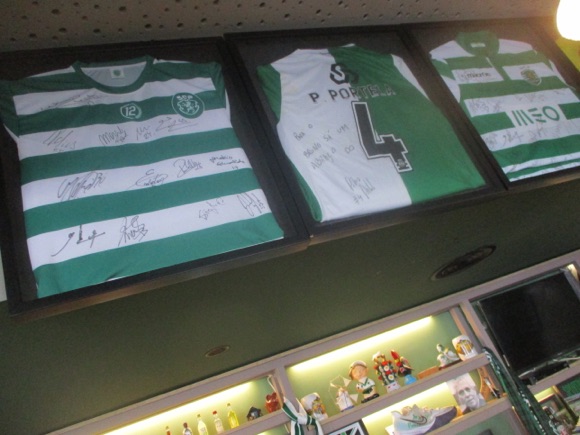

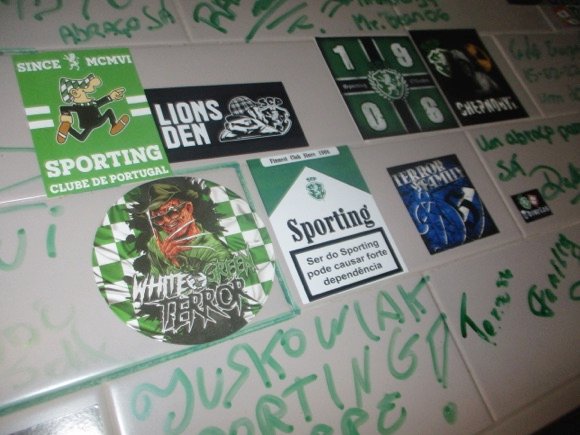
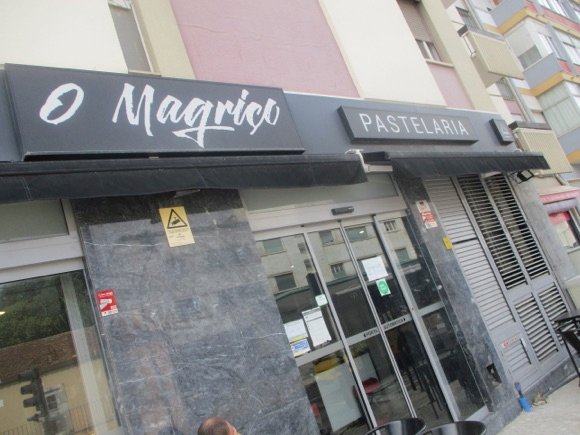

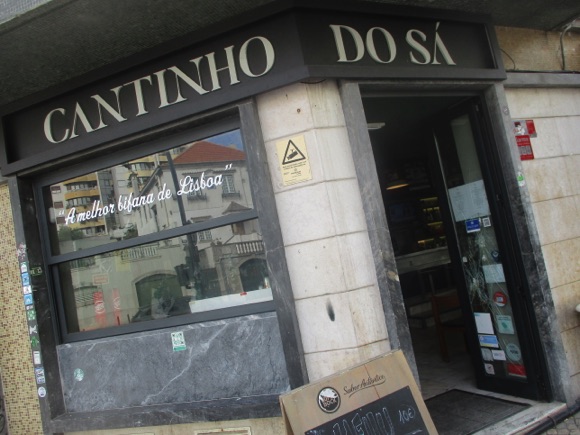
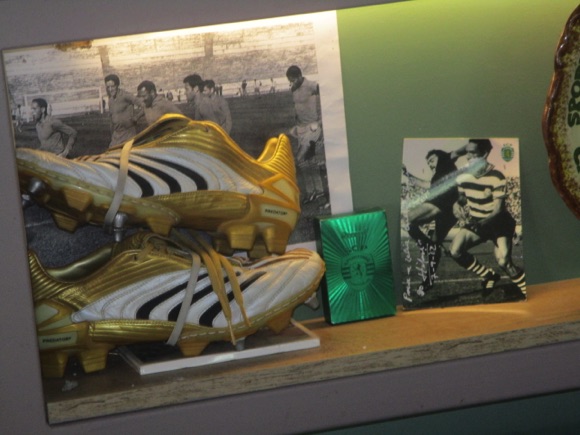
Most of the outlets that filled the Alvaláxia mall beside the Estádio José Alvalade have since closed and the place is in a pretty sorry state. At most, you might want to pop in for a classic Portuguese bifana at Bifanamania on the lower floor but there will be plenty of vans around the ground for that.
Bar-wise, your best bet is along Rua Alameda das Linhas de Torres, the street that runs parallel to the stadium the other side of the academy complex. From Campo Grande station, the first bar you come to is Cervejaria Belmar, a cheap-and-cheerful little spot with a couple of tables outside.
Further along, O Magriço done out in Sporting green serves standard drinks and dishes in neat if bland surroundings. The place you need to make for is O Cantinho do Sá, on the corner with Rua António Stromp, and therefore nearest the stadium. Framed Sporting shirts down the ages are displayed above the long bar counter, where cheap beer and Portuguese lunchtime mainstays are served, including ‘the best bifana in Lisbon’. Wonderfully friendly, it’s dotted with archive photos, ultras stickers and random Sporting memorabilia, the love for the club all too evident.



